Experts explain why wildfires have literally swept through the Greek capital in recent years and point to what needs to change.
Climate crisis, extreme heat waves, large-scale fires near major cities: every new year, Greece is increasingly faced with an increase in the number of fires that literally turn the neighborhood of the capital into a desert, and Athens into some semblance of Dubai.
This year’s fire season is in full swing, the number of burnt areas already exceeds those of other years, and, according to the first data, the fire that began in Dervenochoria and reached Mandra and Megara in Attica is one of the largest fires of the decade in terms of burned areas.
Thus, despite the fact that the Mediterranean forest ecosystems have been facing fires for many years, the problem is not solved, as a result of which, year by year, the consequences for the environment, society and the economy become more devastating.
Edition cathimerini is trying to analyze the footprint of the fires that have engulfed our country over the past 24 hours, as well as the largest and deadliest fires of the last decade, which burned almost 3.5 million acres (1.2 million hectares).
According to data on fires that broke out in Greece over the past 24 hours, Neos Kouvaras burned 34,724 – 39,310 acres, Loutraki – 11,962 – 12,720 acres, and Dervenochoria – 111,915 – 116,720 acres, where the destruction occurred.
Fires on three fronts have left more than 158,000 acres of scorched earth in their wake so far, according to the European Wildfire Observatory.
Desertification risk
As for the fire that started in Dervenochoria, according to the most conservative estimates, it ranks 5th among the most destructive fires from 2013 to the present, and if we take into account the highest ratings, it is possible that it will come out on the 3rd place after the fires in Evia, Ancient Olympia and Mani, which broke out in 2021.
Since the sites in Dervenochoria and Paneio Oros also burned a few years ago, there is a risk of stopping reforestation and soil erosion.
According to Ilias Tziritis, WWF Wildfire Action Coordinator, the fire in question passed through areas that were already on fire in 2016. The same happened with the fire that started in Kouvaras, as the flames reached the part of Mount Paneos that burned in 2017 (as well as in 2007), so these areas are at risk of soil erosion and a complete cessation of vegetation restoration.
“These examples show us that in recent years, in areas close to the Attica basin, we have forest areas that have burned two and three times, thus creating numerous problems in the recovery process, since on the one hand the ecological footprint is significantly increased, and on the other hand these areas are more prone to flood phenomena”, – says Mr. Tziritis. And he notes that the burned forest, starting from Dervenochoria, will be extremely difficult to restore in a natural way, while it is known that artificial reforestation is a very expensive practice.
In addition, the case of the fire in Dervenochoria is different from the fire that broke out in the mountains of Gerania in 2021 and burned 52,000 acres of virgin forest. “The area that burned then was a mature pine forest that had never burned before as it does now. For this reason, the Dervenochoria fire area is at risk of desertification, which we see in areas that have been repeatedly burned, so that the soil has been eroded to such an extent that it cannot recover”– concludes the WWF coordinator for fighting forest fires.
Read also: https://rua.gr/news/sobmn/56611-stefanos-tsumakas-v-pozharakh-vinovaty-zastrojshchiki-i-vetryanye-turbiny.html
Why are the fires on the rise in Attica?
Unfortunately, the example of fires in Kuvaras and Dervenochoria confirms that in recent years more and more fires occur closer to the urban development of the capital. According to Palaiologos Palaiologos, Associate Professor of Forestry and Nature Management at the Agricultural University of Athens in the field of forest protection, the increase in the number of fires in Attica in recent years is due to a number of factors.
All these years, the forestry departments have not carried out the necessary thinnings in the forest areas so that the fire does not spread so quickly.
“One of the factors in the spread of such large fires is the type of vegetation in Attica, since during the mass tree planting that has been carried out since 1960, pine trees were planted in many settlements. Another factor is that all these years the forestry departments did not carry out the necessary thinning in the forest areas so that, on the one hand, the fire did not spread so quickly, and on the other hand, there was such a dense concentration of fuel, which often was not removed as expected, those responsible parties”, says Mr. Paleologou, emphasizing that all this contributes to the spread of large-scale fires (the area of which exceeds 110,000 acres), which cannot be extinguished even with the help of aircraft.
3,482,819 acres of scorched earth
At the same time, the number of burnt lands in Greece over the past 10 years reminds us of the tragedies that have occurred in our country. In particular, a total of 3,482,819 acres were burned from 2013 to 2022, while 10,497,964 acres, 4,248,375 hectares, have been burned since 2000. In the period 2000-2021 happened in Greece 980 major wildfires that burned over 500 acres of forest and woodland each. One of the largest fires in the history of our country was the fires in the Peloponnese in 2007, which killed 84 people and burned more than one and a half million acres of land.
Ten most destructive fires
- First place – the largest fire over the past 10 years (and at least since the beginning of the century) there has been on north of Eviawhere burned more half a million acres.
- On the second fire in Ancient Olympiawhere 150,000 acres burned
- Fire in Eastern Maniwhere 101,001 acres of land burned, ranks third.
- In fourth place – fire in Dervenochori,
- On the fifth – 2021 fire in Viliya, which began in mid-August and burned a large part of Mount Pateras. Some of the scorched earth left from that fire has now been re-ignited by the fire. in Dervenochoria two years later.
- Sixth place occupies a fire in the northern districts of Athens – known as fire in Varibobi– as a result of which most of northern Attica burned down, as well as areas of the former royal possessions of Tata.
- In seventh place fire in the mountains of Gerania, one of the largest forest fires ever recorded in Greece, as a result of which more than 70 thousand acres of land were reduced to ashes.
- On the eighth the fire that broke out in Kinet in 2018 and quickly spread due to strong winds. Then the southern side of Gerania burned, and the northern side three years later.
- Last big fire decade is fire on Chiose in 2016when more than fifty thousand acres of land burned to the ground, which led to the destruction of a large part of the island. This fire is ranked ninth.
- Tenth place is tragic fire in Mati. This fire, which occurred in 2018, remains a separate category because, although the fire burned relatively small areaa devastating fire that started in Penteli and moved east at high speed, led to the death of 103 people.
Evia: Fire of the Decade
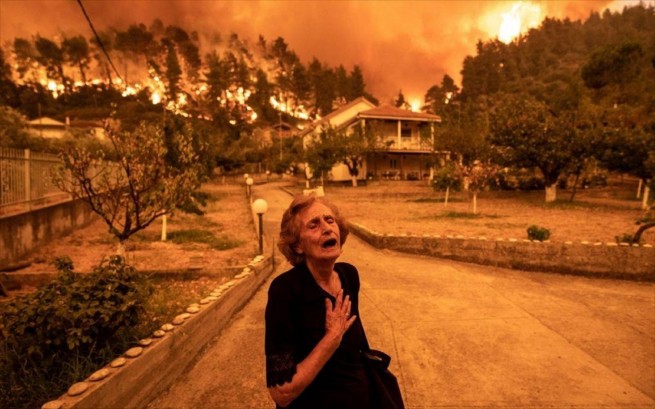
Fire on Evia is not only the largest fire in terms of area burned, but also the fire with the greatest social impact to date. The irony is that when the fire spread to Evia, the winds were not as strong as, for example, in Mati. The fire in Evia is not only the largest fire in terms of area burned, but also the fire that has had the greatest social impact to date.
“The reason that the fire in Evia spread from one end of the island to the other, burning 518,810 acres in its path, was the extreme drought conditions in the region. There was a lot of dried fuel on the ground, and for this reason the firefighters were unable to contain the fire. In addition, the approach to the place of the fire was difficult due to the location of the fire, and poor roads did not help create lines of defense against fire”– says “K” Mr. Paleologu, noting that it must be admitted that in some places the fire was suppressed, but, unfortunately, the loss of green spaces and property was enormous.
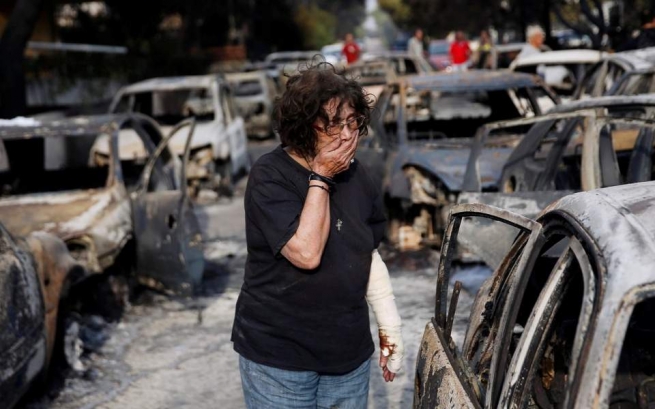
Mati: A National Tragedy
On the other hand, in the case of the tragedy in Mati, it was the opposite: the gusts of wind were very strong, and at that time a rare phenomenon was observed – a strong west wind. “In Attica, we are used to northerly winds, so not only are westerly winds rare, but they have caught the firefighters by surprise.” says Paleologou.
However, in addition to the wind, there was also a combination of many unfavorable factors. “Originally, the entire fire force was in Megara trying to put out the fire there, and as a result, the fire in Mati was not given due attention. Also, Mati, as we know it today, has changed a lot since the 1950s. tree to another, causing unprecedented human tragedy in just 1.5 hours,” – explains the professor.
Need for a new plan
Experts insist on the need to create a new system for managing forest and rural fires, both at the level of prevention and at the level of extinguishing, which should be more controlled by a single body in order to ensure the effectiveness of forest protection management.
At the same time, given the impact of the climate crisis on forest ecosystems, there are increasing calls to reconsider the structure of the forest conservation model, emphasizing that the activation of the European number 112 was an important tool after the tragedy in Mati, but insufficient and certainly useless in terms of preventing fires.
“Unfortunately every year we see history repeating itself.. Fires are burning nature in areas that are a breath away from Athens. The risk of another large-scale fire near the capital is clear, and on the other hand, critical municipalities in the heart of the fire season do not seem to be ready. Unfortunately, neither the creation of a new ministry nor the activation of a number of people is enough to stop such large fires. It is necessary to intervene in the work of forests and immediately change the strategy and planning for the prevention and suppression of fires”– concludes Palaiologu.

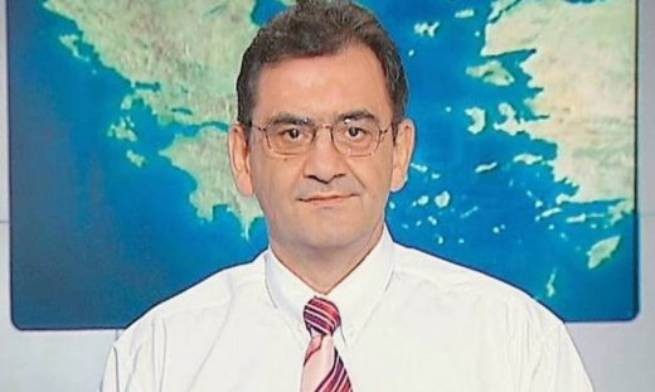

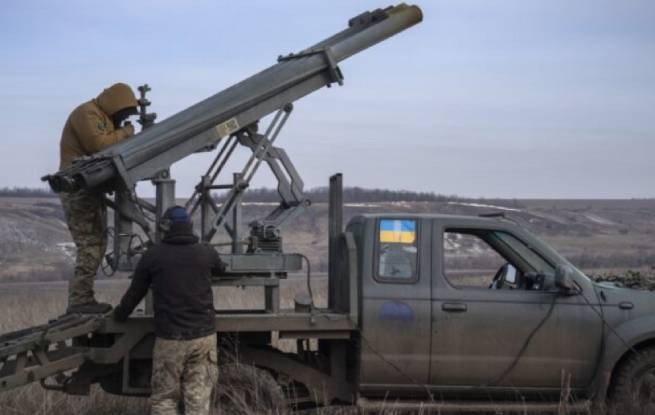

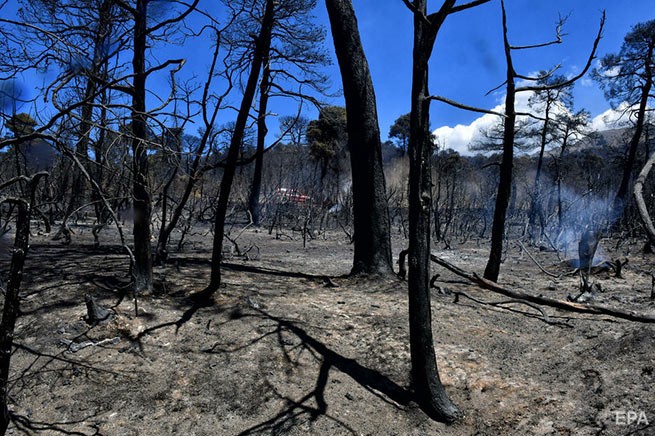

More Stories
What influenced Greece’s decision to help Kyiv with weapons?
The Minister of Health called the protesters "insignificant people, kafirs"
Gold Switzerland: “We are in the last 5 minutes of our financial system – the collapse of everything is approaching”